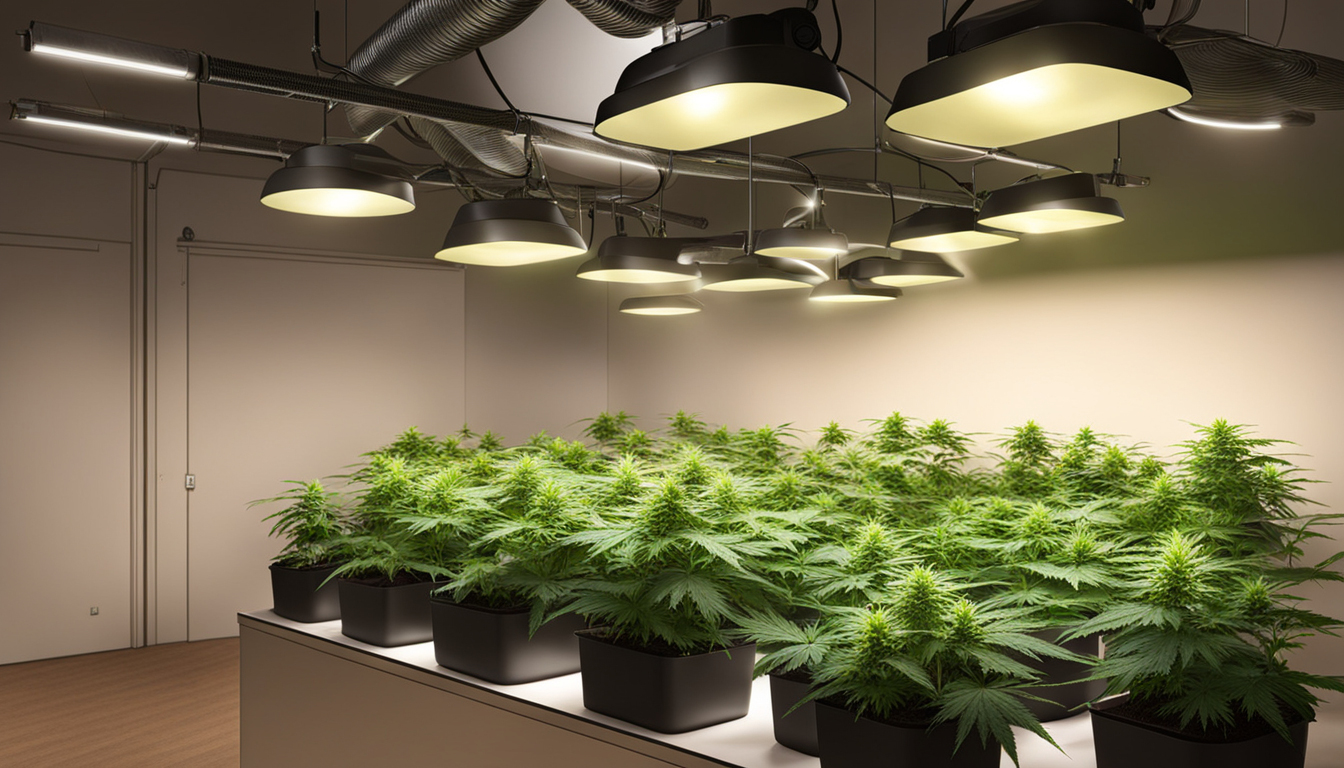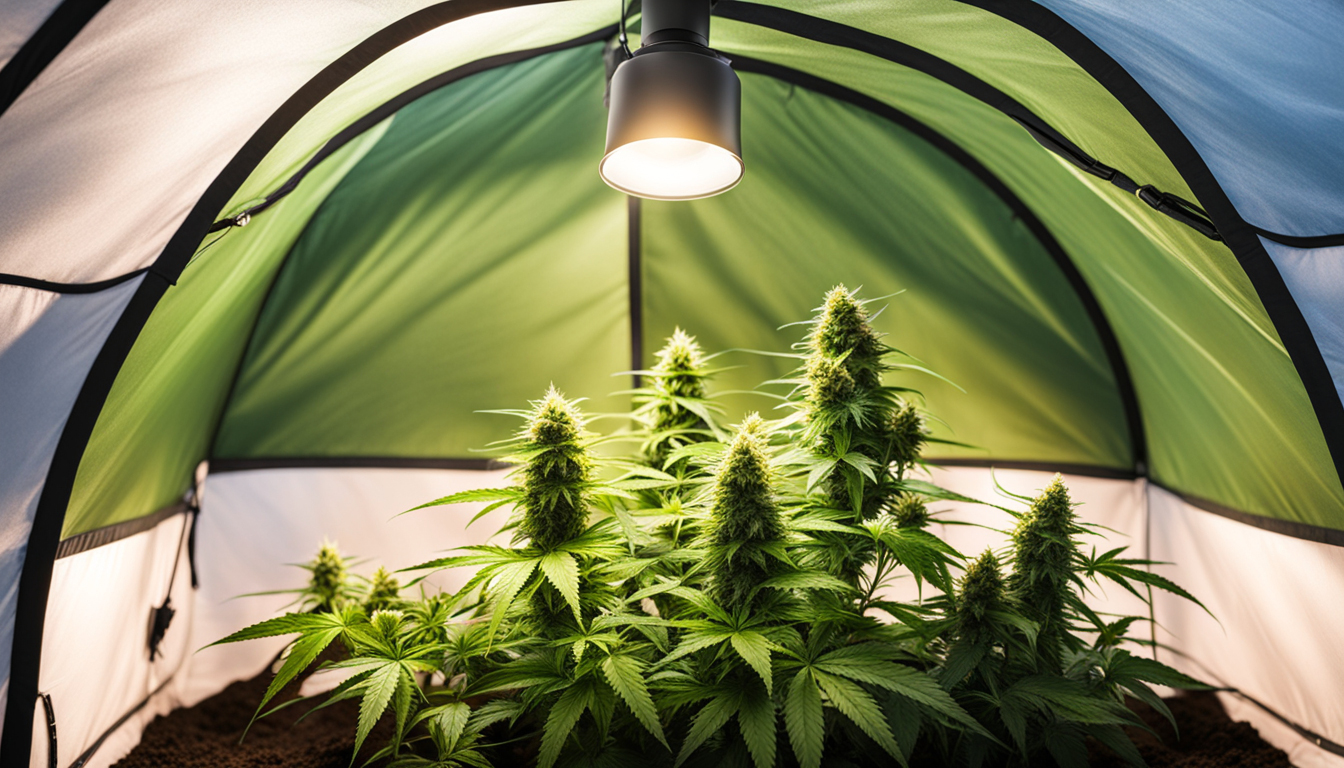
Whether you're just starting out with marijuana growing or looking to improve your existing crop, following this complete guide will help you produce large, high-quality yields right at home. With the right equipment, strategies, and attention, cultivating weed indoors can be an extremely rewarding and cost-effective endeavor.
Choosing Cannabis Varieties
The first step in planning your indoor harvest is selecting the right weed strains to produce. The three main types of marijuana plants each have their own traits.
Sativas
Known for their invigorating cerebral effects, sativas spread tall and slender with narrow leaves. They thrive in warmer tropical climates and have a longer blooming time between 10-12 weeks indoors. Top sativa varieties include Jack Herer, Durban Poison, Super Lemon Haze, and Jack Herer.
Relaxing strains
Indicas provide calming body-focused effects and grow short and bushy with wide leaves. Accustomed to cooler mountain climates, they bloom faster within 2-2.25 months. Popular relaxing strains include Granddaddy Purple, Northern Lights, and Bubba Kush.
Mixed strains
Hybrid strains mix traits from both sativas and indicas. They offer blended effects and have moderate blooming times around 9-10 weeks. Popular hybrids are OG Kush, Girl Scout Cookies, and Blue Dream.

Setting Up Your Cultivation Space
Cannabis plants need the right controlled environment to thrive. Key factors for indoor grows are lights, ventilation, layout, and finding the ideal discreet area.
Location
Choose an unused space with direct access to water and power outlets. An empty spare room, large closet, corner of the basement, or cultivation tent tucked away in a garage all make great discreet grow room spots.
Lights
Cannabis requires strong light for all vegetative stages. LED grow lights are efficient and come in broad spectrum options simulating real sunlight. Cover 15-25 watts per square foot for the growth stage and 20-40 watts per sq. ft. for bloom.
Ventilation
Proper ventilation and exhaust systems keep ideal temperature, moisture, and pure CO2 levels. Install silent 10-15 cm fans or carbon filters to circulate stale air and eliminate smells.
Layout
Optimize your space by arranging plants strategically under the lamps and leaving room to reach and work around them. Set up distinct zones for vegetation, bloom, curing, and propagation.

Cultivation Substrates
Pot can be cultivated in different mediums, each with pros and cons. Pick a suitable option for your specific setup and growing style.
Soil
The traditional substrate, soil is inexpensive and simple for new growers. It provides excellent taste but requires more watering and fertilizing to feed plants. Enrich soil with vermiculite or coir to enhance aeration.
Coconut coir
Made from coir, renewable coconut fiber holds water but still lets in air to the roots. It's more sterile and more consistent than soil. Use coco-specific nutrients to avoid calcium buildup.
Hydroponics
In hydro systems, plant roots grow directly in nutrient water solution. This allows rapid growth but needs close monitoring of water chemistry. Deep water culture and drip systems are common techniques.
Germinating Seeds
Germination activates your cannabis seeds to begin sprouting taproots. This readies them for transplanting into their cultivation medium.
Towel Method
Put seeds between wet paper towel and maintain them moist. Check after a week for growing radicles indicating germination is complete.
Direct Planting
Plant seeds directly into pre-moistened cultivation medium 6mm deep. Gently water and wait 7-14 days until seedlings break through the surface.
Rockwool Cubes
Presoak rockwool cubes in balanced water. Place seeds 6mm deep into the cubes. Keep cubes wet until seedlings emerge within 1-14 days.
Transplanting Young plants
Once germinated, cannabis young plants need to be repotted to avoid overcrowding. Move them into appropriately sized containers.
Ready Containers
Load large pots with growing medium amended with time-released fertilizer. Let containers to absorb water for 8-12 hours before repotting.
Gently repotting
Gently separate young roots from sprouting medium using a spade. Place into prepared pot at equal depth as before and gently water in.
Growth Stage
The vegetative stage promotes foliage and plant form through 18-24 hours of daily lighting intensity. This stage usually lasts 4-8 weeks.
Providing 3/4 to full day of Lighting
Use grow lights on a 24 hour schedule or outdoor light to trigger constant growth. Lamp intensity influences size and node distance.
Nutrients
Use vegetative stage nutrients richer in N. Make sure pH remains around 6.5 for proper fertilizer absorption. Feed 25-50% concentration after 2 weeks and increase slowly.
Training Techniques
Topping, LST, and scrogging manipulate shoot patterns for even foliage. This increases yields.

Bloom Stage
The flowering stage grows buds as plants show their sex under a 12 hour light timing. It lasts 8-12 weeks depending on strain.
Changing Light Schedule
Switch lamps to 12 hours on, 12 hours off or place outdoors for outdoor 12/12 timing. This triggers plants to begin flowering.
Flushing
Flushing flushes out nutrient salts to enhance flavor. Fertilize lightly the first weeks then just use plain water the last 2 weeks.
Flushing
Continue 12 hour photoperiod but flush using pH-balanced water only. Return to plain watering if buds aren't yet ripe after two weeks.
Harvesting
Recognizing when marijuana is fully ripe ensures peak cannabinoid content and aroma. Harvest plants at optimal maturity.
Signs of readiness
Check swollen calyxes, faded pistils, and 5-15% cloudy trichs. Check buds around the plant as they won't all ripen evenly.
Harvesting plants
Use sterilized, razor-sharp pruning shears to gently slice each plant at the base. Leave 5-10cm of stalk attached.
Drying
Hang intact plants or colas upside down in a lightless room with moderate temperature and humidity around 45-65% for 7-14 days.
Aging
Aging continues drying while improving the buds like fine wine. This process mellows bitterness and further develops cannabinoid contents.
Curing containers
Trim dried buds from branches and store into glass jars, filling about 75% capacity. Use a sensor to measure jar moisture.
Opening jars daily
Open jars for a few hours each day to gradually lower humidity. Rehydrate buds if RH goes under 55%.
Final Cure
After 14-21 days when moisture levels off around 55-65%, perform a last manicure and keep forever in sealed jars.
Common Problems and Solutions
Even seasoned cultivators run into different cannabis plant problems. Identify problems soon and fix them correctly to maintain a healthy garden.
Poor feeding
Chlorosis often signify inadequate nitrogen. Purpling stems and leaves show phosphorus deficiency. Test pH and boost fertilizers slowly.
Pests
Thrips, aphids, fungus gnats, mites, and grow light guide nematodes are common marijuana pests. Use organic sprays, predator bugs, and yellow traps for natural control.
Mold
High humidity encourages botrytis and root rot. Increase circulation and venting while reducing humidity below 50% during flowering.

Summary
With this complete indoor marijuana growing guide, you now have the knowledge to grow plentiful strong buds for private grows. Apply these steps and techniques throughout the germination, growth, and bloom stages. Invest in quality equipment and closely check on your plants. In time, you'll be rewarded with sticky fragrant buds you grew yourself under the loving care of your green thumbs. Good luck cultivating!